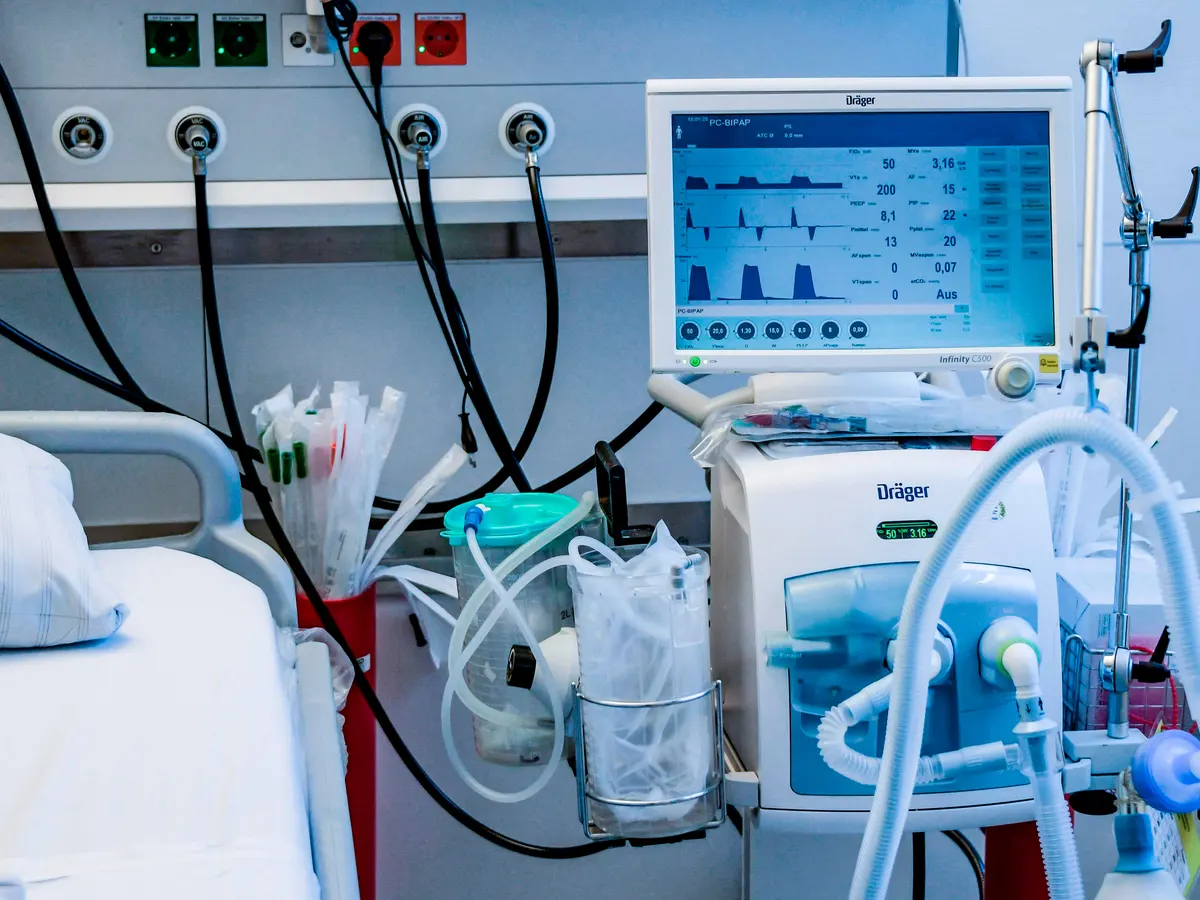The need to care for a patient doubles when he is put on a ventilator. That is why the patient’s condition is assessed at intervals to measure the progress and further course of action. It is to be noted that patient assessment is not confined to some monitoring but is a critical task. It involves a comprehensive approach including ongoing clinical examination and interpretation of the patient’s parameters based on findings to provide the patient with desired health care and support.
Let’s dig down some considerations that can help in the assessment of the condition of a patient on a ventilator.
Physical Assessment of Patient on Ventilator
Assessment with the naked eye is the first criterion to judge any significant changes in the status of the patient. Healthcare providers or caretakers can observe patients for any unusual symptoms like chest movement, abnormal breathing or wheezing to judge whether ventilation is adequate or not. Irregular movement of chest or crackling breathing sounds indicate un-neglectable condition like fluid accumulation inside lugs or obstruction in airways or even failure of lungs. Moreover, caregivers can also find any signs of bed sores, discoloration of skin cells due to inadequate supply of oxygen, or even edema characterizing fluid overload in any particular area while physically examining the patient on regular basis.
Cognitive Function Check Is Important To Determine Health of Ventilator Patients
Patients having a long-term history of ventilation especially those who are sedated need to have a neurological assessment to check their consciousness level and determine the desired level of sedation. The physicians or medical staff keep on monitoring the alertness of such patients while using tools like GCS, and the Glasgow Coma Scale, which helps in measuring the score of the nervous system with the help of eye response, motor response like hand movements, verbal response, and pupil response. Pupil response plays a vital role in this assessment as nurses check the pupil size, shape, and response against a bright light to judge the neurological alertness of ventilated patients. Neurological measures are key factors in the determination of the sedation level of the patient or weaning time.
Recording Vital Changes To Access Ventilated Patient Health State
There are certain signs which can provide an immediate vision of the condition of the patient. These signs are shown by the ventilating machines and other equipment attached to the patient for measuring heart rate, blood pressure, oxygen saturation, tidal volume, and respiratory rate. Any abnormality in any of these can indicate a problem which needs immediate attention of health care providers. These vital signs interpret the need to adjust the dose of medication or ventilator settings to avoid any damage to the lungs. However, it is not easy for a layman to find discrepancies in these measures until he is trained by technical staff.
Summary
Summing up, the patient dependent on ventilator shows some signs to interpret his condition either through different responses or figures shown on machines. The need is to timely notice and respond against these signs. It is a good practice to regularly note down the behavioral changes in patients so that it becomes easy to notice any significant change before time runs out. This especially gains weight when patient is cared for at home as care givers need special training and practice to understand the condition of the patient.
Do You Need Long-Term 24/7 Care For Your Patient On Ventilator
BetterOptions provides 24/7 best ventilator care for your patients who are on ventilator with homelike settings in Vancouver, WA, USA. For more information, call (+01) (360) 607-8028 OR send an email.


